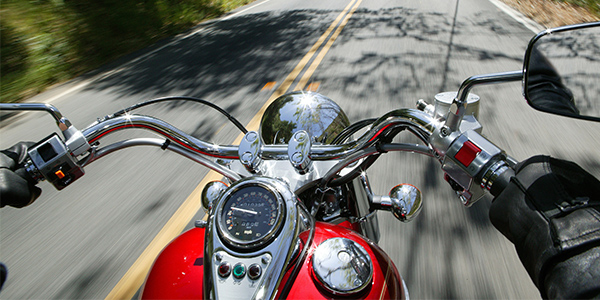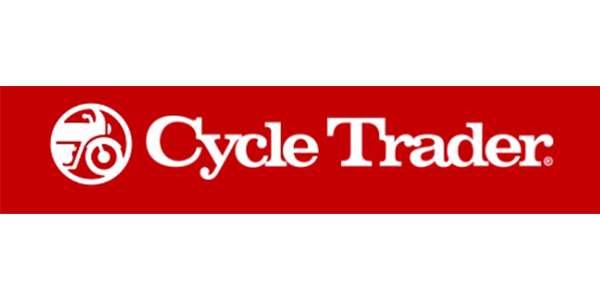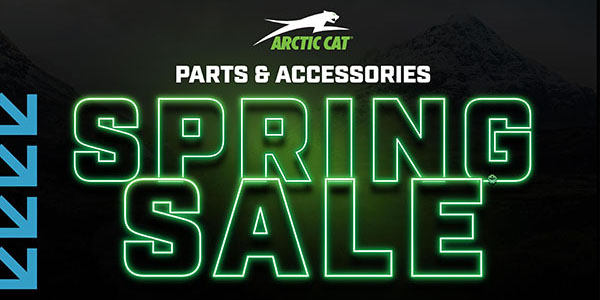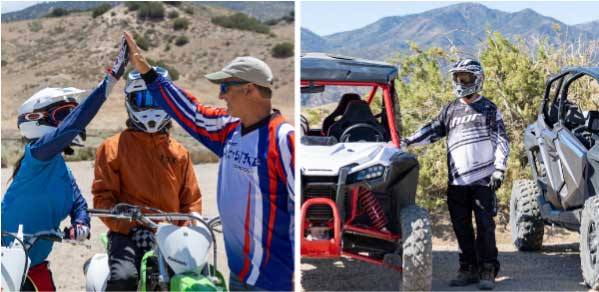I recently had an exchange with a friend of mine where we discussed the experience of buying a motorcycle, something we both believe should be special and unique.
We are not the auto industry, where someone usually purchases a car because he has a specific need for one as transport, or perhaps a work vehicle.
We, as dealers, must create a great experience within our dealerships; we must make the entire process as enjoyable as possible. And, no, I’m not promoting a dealership that is a clubhouse, where you get all kinds of time sucking shop rats hanging around harassing the staff, and not buying anything.
It should be, instead, a comforting, welcoming space where all types of riders feel at home, buy stuff, and then go out riding.
One thing my aforementioned friend and I disagree on, however, is the test ride. I used to let almost anyone demo any motorcycle. We even had a little ATV area where people could try them out, as well. I was always in a quandary; were all these test rides necessary?
Did they lead to more sales? It seemed to me that we were always pulling a bike out of line, getting it ready, filling out test ride forms, and then cleaning the bikes when they came back.
A while ago we even had a guy who wanted a deal on the bike that HE rode, because there were miles on it. And yes, all the miles on were put there by him!

Recently, I started to work with a new sales manager. His entire premise was that most people really knew what they wanted, and while he too was all about the powersports purchasing experience, he didn’t believe that the test ride was the ultimate sales tool, but rather it was the sales team’s job to create enough desire that a test ride was unnecessary.
I put up a little fuss, but it soon became clear that he was correct. Test rides went from five or more a day to one every second day. Sales went up, and time wasted on test rides that were unfruitful declined to almost nothing. Our sales people could spend more time on the floor, and they were far more relaxed and less flustered.
Now, if anyone mentions a test ride, we start asking questions: “When are you looking to buy a new bike? Which bike are you interested in buying today?” These are the temperature taking questions that we all use.
If it’s a straight purchase of a bike, we get them sat down at the desk to look at the numbers. If they have a trade, we also look at it and see if there’s a deal there. If we and the customer are worlds apart on the dollar amounts in both cases, then it doesn’t matter about the test ride anymore. Until we come to an agreement or near to one, nothing else matters.
“But,” you say “maybe the test ride will sell the bike.” Perhaps. But it’s been my experience that if the numbers are far apart, there will never be a deal. And, you are right, sometimes a test ride will put the client over that edge where he will pull the pin after the test ride.
This is where a well-trained salesperson will separate the wheat from the chaff. It’s all about qualification, and a good salesperson will qualify a customer and find those who need a test ride, from those who want a joy ride.
If enough excitement is created about the unit, then the customer will not need a test ride. If they like the idea of the bike, and they like the look of the bike, and they like the feel of the bike when they sit on it, there is a very good chance that they will like the bike. We now find that we sell over 80% of our bikes without a test ride. You can too.
So, qualify those test riders, separate the chaff, and create an efficient, exciting experience.













